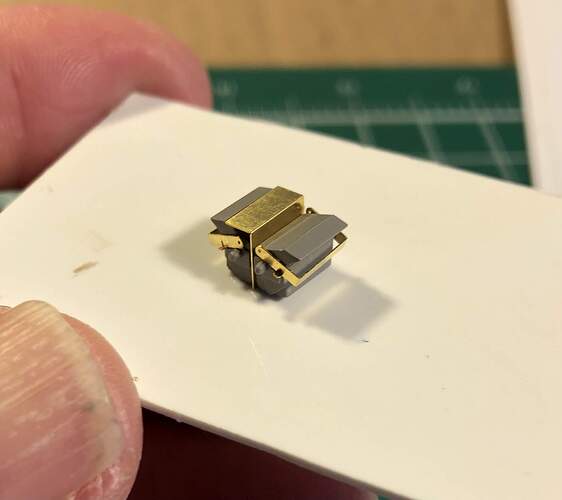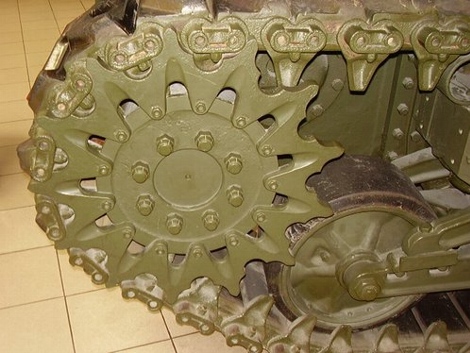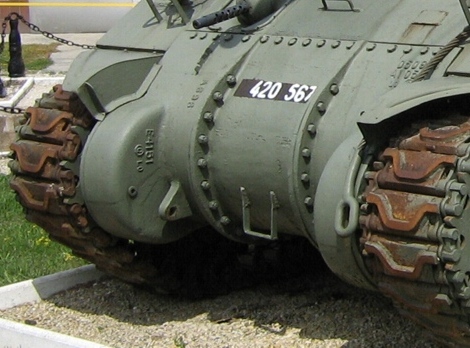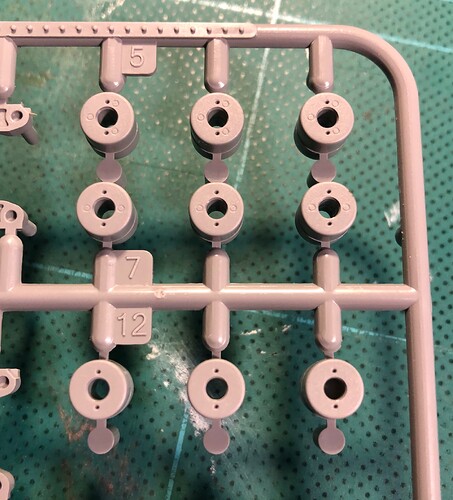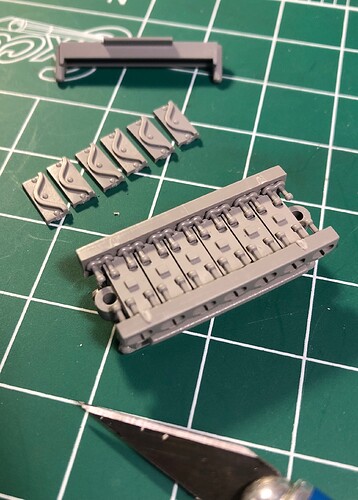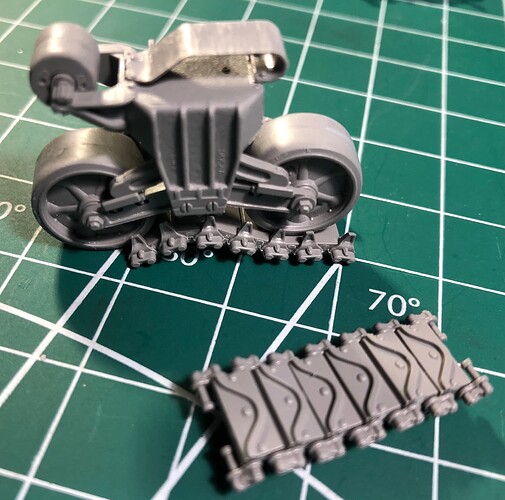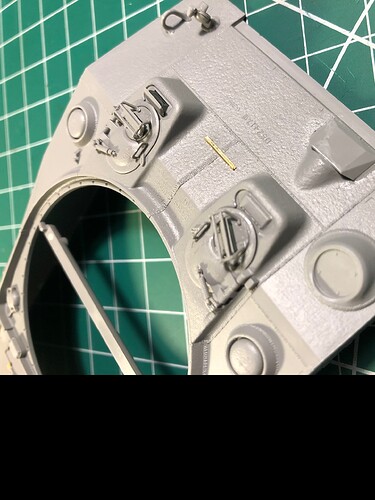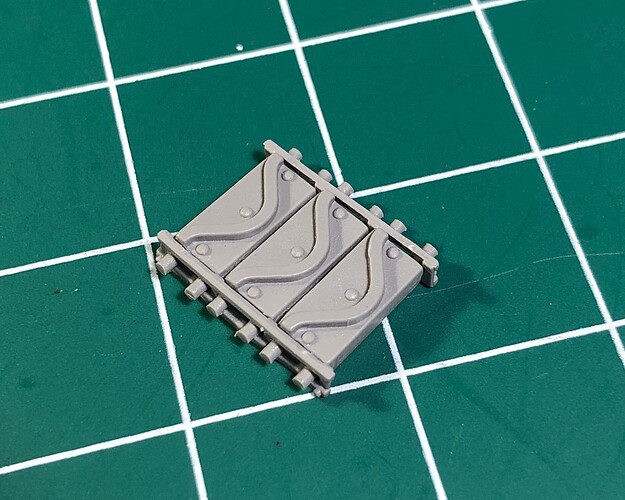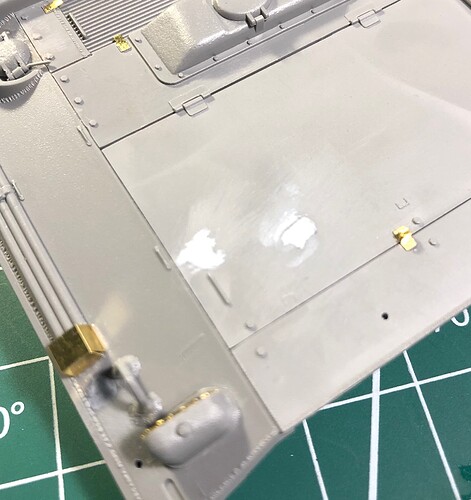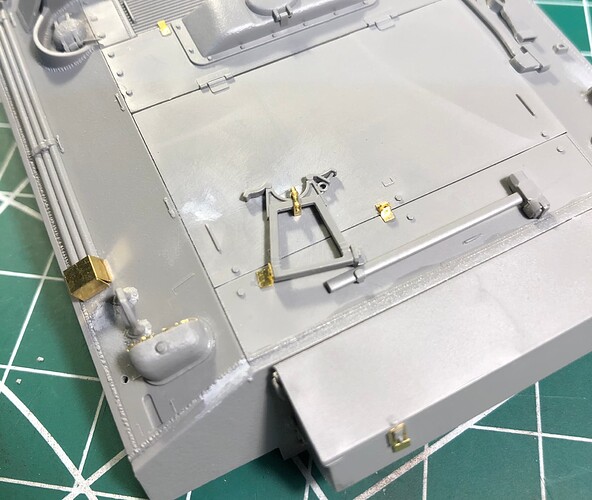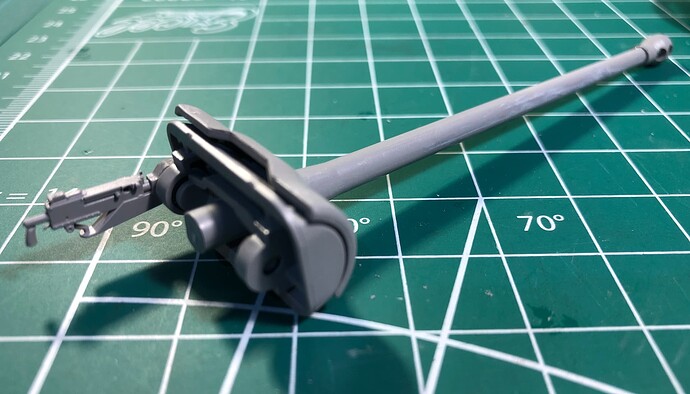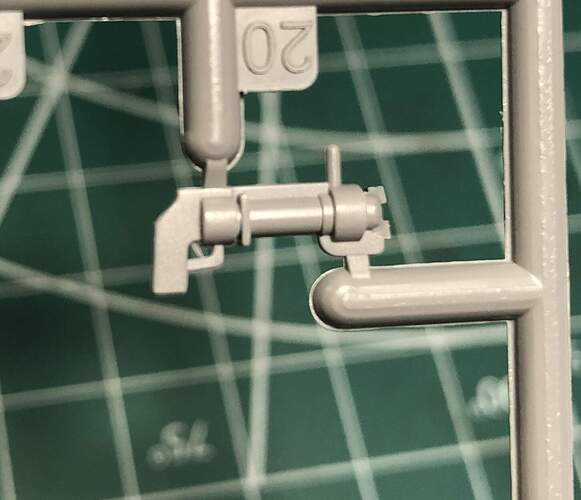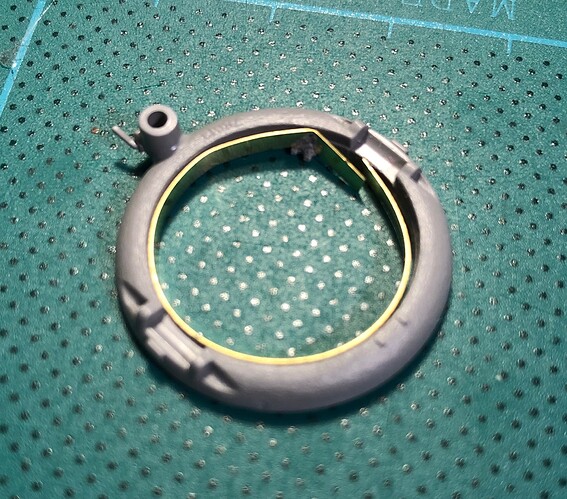Having finally completed all of the track and suspension assemblies, I have been working off and on for the past week on the Firefly’s hull.
I have decided to model this vehicle in a ‘buttoned-up’ configuration, with the exception of the T/C’s hatch, in which I hope to find a suitable figure to position therein with his head barely poking out of the hatch. I see no real need to display the other hatches in an opened position considering the total absence of any interior details. A bit of a shame considering the fine details on the hatch interiors, including the exquisitely detailed periscopes.
Another example of fine details are in the area of the hull fuel fill ports. The very nice fuel tank caps will be hidden once the armored fuel filler covers are installed, and there is no option for leaving these covers in an opened position without extensive modifications.
I really love the attractive, and understated weld details on even the smallest parts… check out the delicately molded plastic latches on the armored fuel filler covers.
There is quite a bit of very tiny photo etch parts included in this kit, however the brass used on these parts seems to be of a perfect ‘softness’ and the parts have been very easy to clean up, bend and install, more so than other brands which I have used in the past.
A notable exception regarding the photo etch parts would be for the spare track brackets. In this case I chose to use the plastic kit parts instead since these appeared to be of a more correct scale thickness, i.e. thicker than the photo etch parts. There are several areas of the assembly where the instructions allow for a choice of using either plastic or photo etch for some of the finer details.
A word of CAUTION however regarding the main gun travel lock…
The Firefly vehicle which I have chosen to model requires that the travel lock be installed on the left side of the engine deck in a diagonal position. The instruction booklet displays diagrams for 2 manners of positioning the travel lock based on whether or not you are modeling an early or later series vehicle. Unfortunately after I had drilled the holes for the travel lock per the instruction diagram, I checked all of my reference photos and line drawings, and I noticed that the diagram on page 12 of the instructions for the ‘diagonal’ position travel lock indicated that the locating holes should be drilled in the incorrect location on the center engine deck access hatch, and not on the rearmost portion of the engine deck as was the case on actual vehicles. I have filled in the erroneous holes with putty, and after clean up, I will install the travel lock in the correct location.
Overall so far I am enjoying the construction of this kit, and I continue to be amazed by the beautiful, finely molded details. Considering the complexity of the multi-part engine deck hatches and their tiny photo etch details, I am actually amazed that this kit doesn’t include any interior engine details.
Although I can only imagine the complexity of a RFM Chrysler multi-bank engine!


